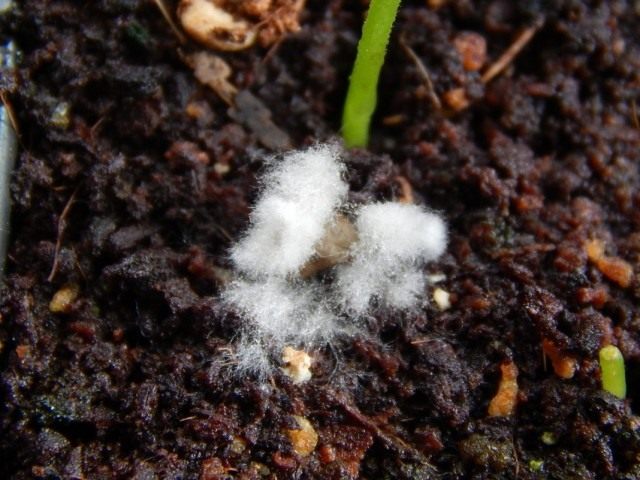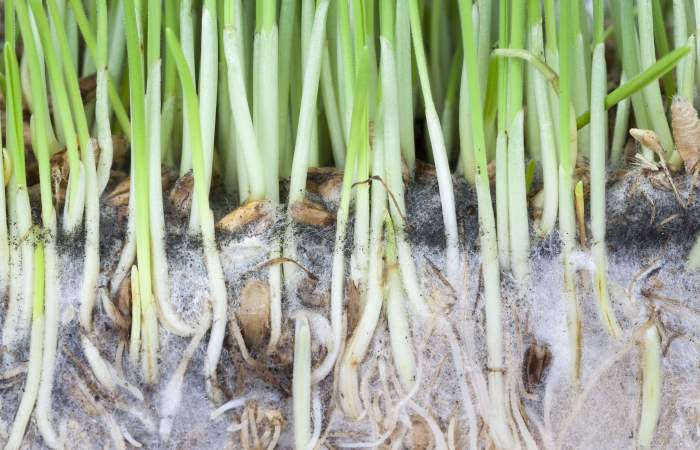
The article begins by highlighting the importance of understanding the causes and consequences of mold growth during seed starting. As an avid gardener who frequently starts seeds at home, I found your article to be insightful and helpful in addressing the common issue of mold in seed starting.

I recently had the opportunity to read your article titled “How to Prevent and Treat Mold Issues in Seed Starting” on the Seed to Spoon website, and I wanted to express my appreciation for the valuable information you provided. By following these preventive measures and maintaining a clean and well-ventilated seed starting area, you can significantly reduce the risk of mold growth and promote healthy seedlings. Remember, mold prevention is easier than mold treatment. However, it’s important to note that prevention and proper cultural practices are key to minimizing mold issues. These natural remedies may help inhibit mold growth without harming your seedlings. Natural remedies: If you prefer a natural approach, you can try using organic antifungal treatments like cinnamon powder or chamomile tea. If the mold is limited to the soil surface, gently scrape it off without disturbing the seeds or seedlings. Dispose of them properly to prevent the spread of mold spores. Carefully remove any affected seedlings, ensuring not to disturb the surrounding soil. Remove mold immediately: If you spot any signs of mold growth on the soil surface or seedlings, it’s important to address it promptly. If the humidity is consistently high, use a dehumidifier or improve ventilation to reduce moisture in the air. Consider using a hygrometer to monitor humidity levels in your seed starting area. Maintain proper humidity levels: Mold thrives in humid environments, so it’s important to maintain proper humidity levels during seed germination and early growth. This helps keep the soil moist but not overly saturated. Use a spray bottle or a gentle watering can with a fine nozzle to provide a light misting or bottom watering method. Water your seeds and seedlings carefully, avoiding excessive moisture that can lead to fungal growth. Watering techniques: Overwatering is a common cause of mold growth in seedlings.
#Stop mold on seedlings windows
Additionally, provide adequate air circulation by using a small fan or opening windows for a short period each day, if possible. Place a tray under the containers to catch any excess water and empty it promptly. Ensure that your seed containers have drainage holes and use well-draining soil to avoid excess moisture. Proper drainage and air circulation: Good drainage and air circulation are crucial in preventing mold growth. Also, consider using a sterile seed starting mix or pasteurizing your own soil mix to reduce the risk of mold contamination. You can sterilize containers and trays by washing them with a diluted bleach solution or using a commercial disinfectant. This helps eliminate any potential mold spores or pathogens that could cause problems later. Sterilize containers and soil: Before starting your seeds, make sure to sterilize the containers, trays, and soil mix. Here are some additional insights and tips on dealing with mold issues in seed starting: Mold can be a common problem when starting seeds indoors, but with proper prevention and treatment, you can ensure healthy and successful seedlings.

#Stop mold on seedlings how to
Thank you for sharing the link on how to prevent and treat mold issues in seed starting.

Gently scrape off as much of the mold as you can without disturbing the roots, using a toothpick or similar tool. If you do notice mold, don’t panic! You can still help it.Watering from below can help reduce humidity levels, which can promote mold growth.A simple tabletop or box fan next to them can also help to prevent mold. Once your seedlings sprout, remove any domes that you have on your tray to allow for plenty of air circulation. Soaking them in bleach water before the season can be a great way to make sure they are nice and clean. Cleanliness is key! Before starting your seeds, make sure all your equipment and trays are thoroughly cleaned.Here are a few tips to help you prevent and treat mold issues in your seed starting process. Mold can attack your seedlings and cause them to wilt and eventually die, so it’s important to take steps to prevent this from happening. Starting your own seeds can be a fun and rewarding experience, but mold issues can quickly become a problem if not addressed properly.


 0 kommentar(er)
0 kommentar(er)
